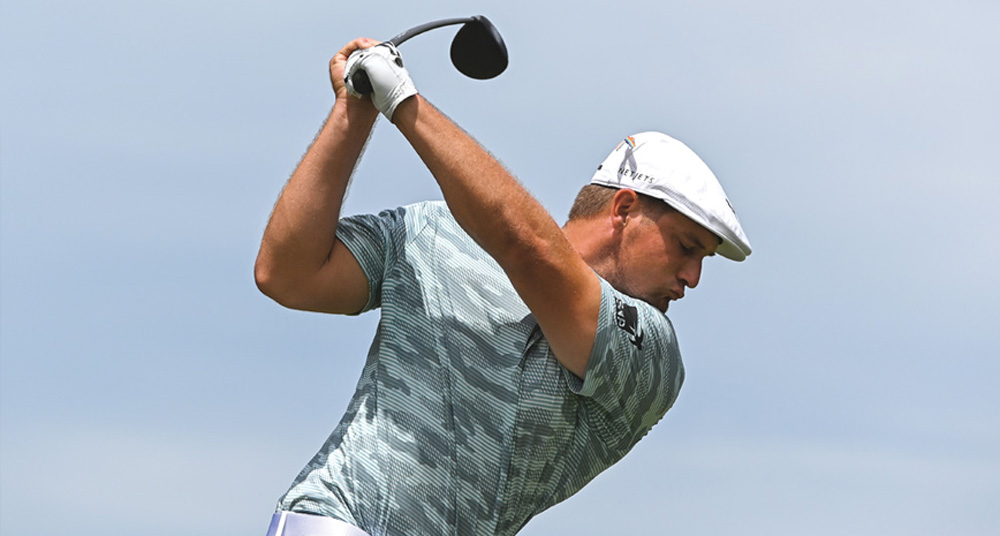NOT BY A LONG SHOT AS BRYSON ‘THE SCIENTIST’ DECHAMBEAU ELICITS MEMORIES OF FRANK STRANAHAN AND GARY PLAYER
By Jim McCabe, PGA TOUR
We have been here before. Honestly, we have. That isn’t to say that Bryson DeChambeau should be casually labelled a sequel, much like it probably isn’t fair to dismiss “The Dark Knight” as just another in a parade of Batman movies.
Most likely, Christian Bale would prefer to stand on his own, disassociated from Batman actors before him. Bale brought a riveting energy to the leading role. Never had Batman jumped out at us like that.
Likewise, at no point during DeChambeau’s six-shot victory at the
US Open in September did you say to yourself, “He reminds me of ol’ Stranny, no?”
‘Ol’ Stranny’ being the memorable Frank Stranahan and, no, people aren’t comparing DeChambeau to Stranahan – mostly because so few people in today’s world have an inkling about historical perspective.
But it behoves us, in this rush to embrace the transformation of DeChambeau from “a golfing scientist” (his term, by the way) into “the hulk,” to take a deep breath and pay respect to golfers – from Stranahan to Gary Player to Tiger Woods – who blazed this fitness trail in which he now walks.
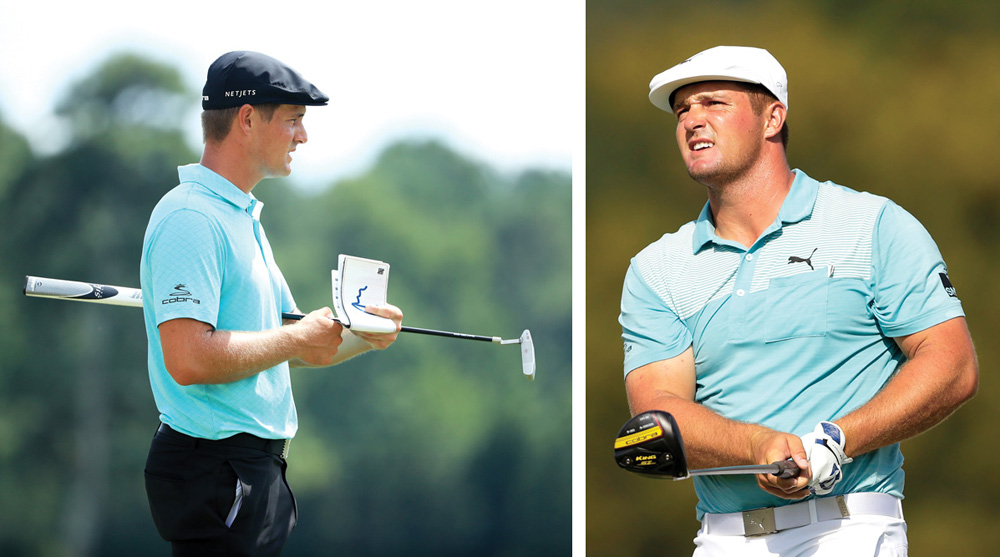
No question, the 26-year-old Californian is navigating in his own unique way and achieving results with exponentially different numbers, but the essence of what he’s doing has been done before and it recycles a topic that’s been discussed for years in golf.
Is weight-training and adding muscle important for a golfer?
Emphatically, DeChambeau says yes and he worked out three times every day of the pandemic-forced break putting on weight. Three months later, he returned to the first PGA Tour tournament since March looking thicker than a banyan tree. On social media, fans took guesses at what he weighed, and 300 pounds was a popular pick.
“They were quite a bit off,” laughed DeChambeau, who said he added 20. But if the season’s media guide was correct in reporting his weight at 205 and he was being honest in saying his weight was between 235 and 240 pounds, it means he added 30 to 35 pounds.
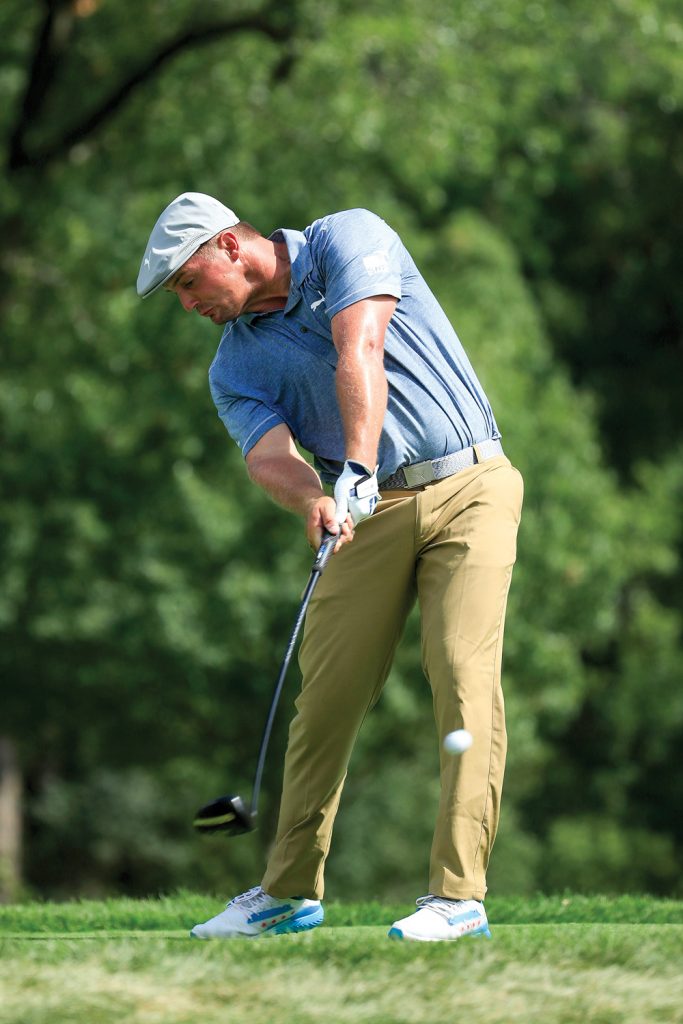
Then again, golf fans don’t care about those numbers; they are only focused on those digits he’s spitting out with every drive. DeChambeau is hitting drives 320 metres as nonchalantly as fish swim, and for those who are as “inside golf” as you can get, the ball speed factor of 305-310kph is basically uncharted waters. (The average PGA Tour player is at about 274 metres.)
“Holy $*&@,” said Rory McIlroy, when he got his first eyewitness account, paired with DeChambeau in the final round of the Charles Schwab Challenge at Colonial Country Club in Fort Worth, Texas. It was the PGA Tour’s re-entry into competition in this age of Covid-19 testing and no spectators attended. But McIlroy, no slouch off the tee himself, was impressed.
“[DeChambeau] hit a couple drives on Sunday where Harry (Diamond, McIlroy’s caddie) and I just looked at each other and we’re like, ‘That was unbelievable.’”
While it is difficult to fathom that DeChambeau is hitting it 30 metres past someone as powerful as McIlroy, here’s what is easy to comprehend, because the numbers are already in the books. At Colonial CC, DeChambeau dusted McIlroy, 66-74 in Round 4, finished a shot out of a playoff, and concluded four rounds at 14-under.
Thus, has the praise flowed.
Phil Mickelson: “To watch someone hit it that hard and that straight, it’s impressive.”
Justin Rose: “Pretty unique. You can tell … he’s obviously trained speed.”
Webb Simpson: “It’s phenomenal what he’s done to be able to put on that much muscle mass and increase swing speed and ball speed but still have great control. Really impressive.”
For media members and fans who have embraced the uniqueness of DeChambeau since he turned pro in 2016, a year after winning both the NCAA Championship and US Amateur, this muscle-sculptured physique and ball-speed stuff is delectable.
But for those who’ve never really warmed up to a guy who majored in physics in college, talks openly about testing his golf balls in Epsom salt, insists on every iron in his bag being the same length, and tosses “oxygen depletion” into casual conversations, it is further cause for hesitation.
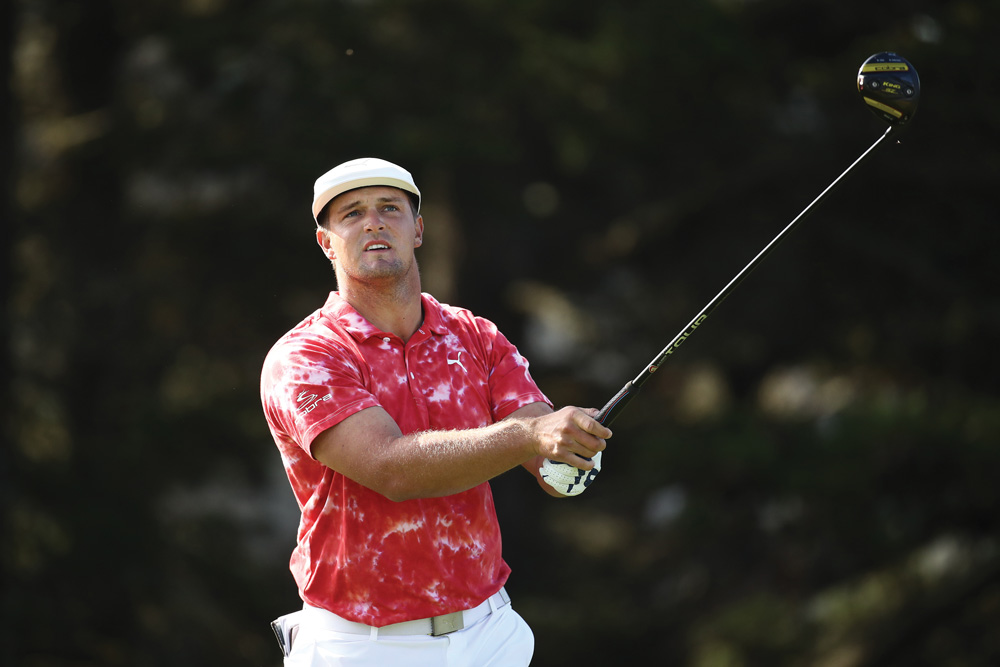
Again, the remedy for both sides is to calm down and enjoy the show. And consider that DeChambeau doesn’t have the market cornered when it comes to, shall we say, eccentric tendencies? Which is a perfect segue into Stranahan, a guy who at 71 was still pumping iron and bodybuilding in 1993 when DeChambeau was born.
“He was very peculiar,” said Jim Gaquin, who was the PGA Tour’s travelling secretary in the 1950s. “But he did think he had some sort of formula to live a long time.”
In fact, Stranahan made no secret of his belief that he was going to live for 120 years. He based that on the devotion he paid to good health; he never drank alcohol or smoked, he woke up at 3 am, and ran every morning, then worked out faithfully with weights. It was a regimen he adopted as a kid in Toledo, Ohio, and carried through his entire golf career and into the decades he lived after retiring in 1964 at the age of 42.
Recently, Brooks Koepka got mileage on social media after telling reporters he virtually took his entire gym with him from Florida to Hilton Head Island, but that’s less impressive when you consider Stranahan always took his weights with him – and this was in the 1940s and 50s when the favoured mode of coast-to-coast travel was an automobile.
In the late 50s, Stranahan befriended a young golfer from South Africa who also showed an interest in weights and keeping in shape. Stranahan was adamant about the benefits to using weights but insisted he had developed a routine that would not ruin his golf swing.
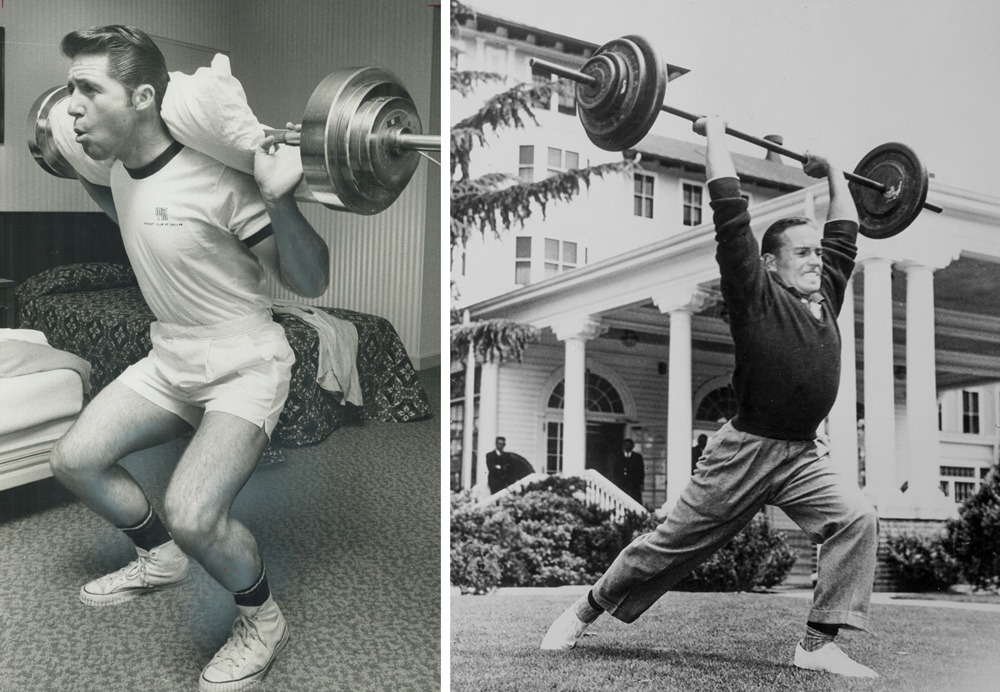
The key, Stranahan told Gary Player, was to not overdevelop the biceps or chest muscles. Player considered Stranahan, who was 13 years older, a mentor and visionary.
“In the early part of my career, people thought I was an absolute nut for training with weights,” Player told ESPN, four years ago, when he turned 80. “But I stuck to my workout routine even during tournaments and it paid off big time.”
Who could argue? Player is one of five golfers (Gene Sarazen, Ben Hogan, Jack Nicklaus and Woods being the others) who has captured at least one victory in each of the four professional Majors – the career Grand Slam, as it is – and he has won more than 160 tournaments around the globe.
Could DeChambeau follow suit?


